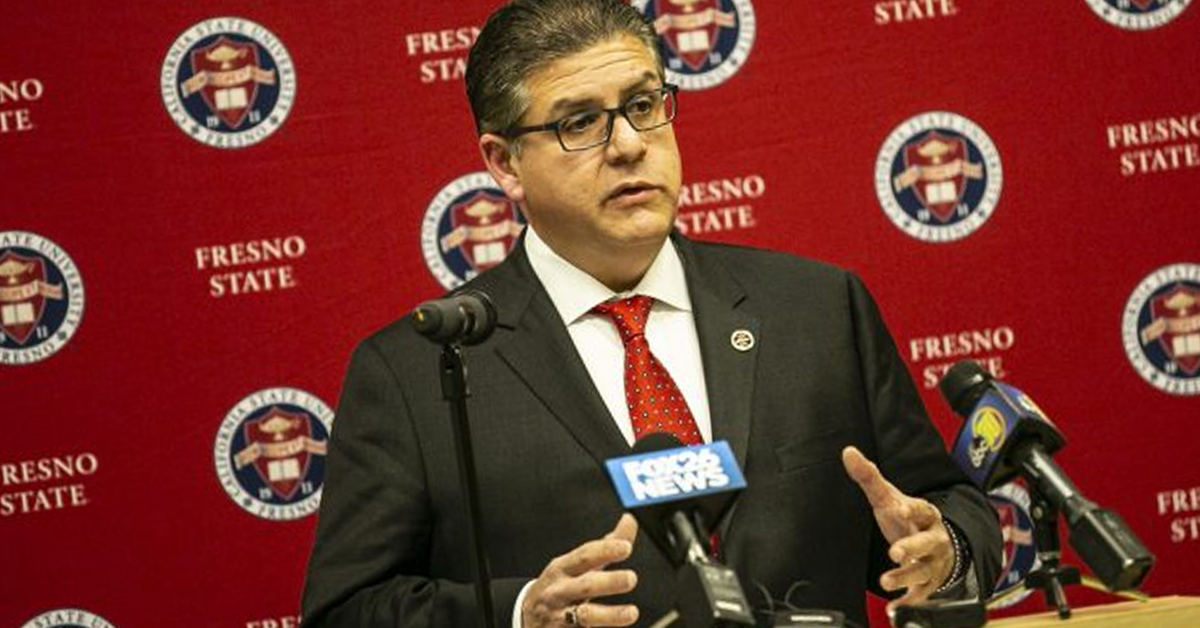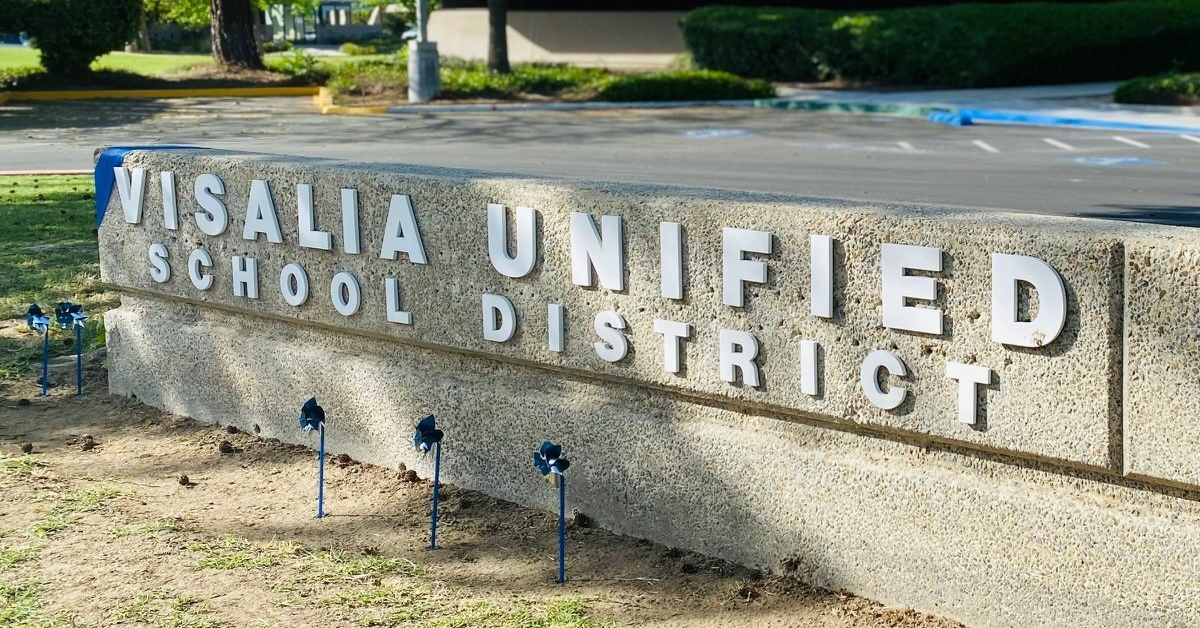A recent state audit has revealed a concerning statistic showing that only 1 in 5 California community college students actually manage to transfer to a four-year university within four years of beginning their community college journey.
Despite the common dream of starting at a community college to obtain an associate degree and then transferring to a California State University or a University of California institution, the audit highlighted that the vast majority of students fail to realize this goal.
Driving the news: Transfer rates are notably lower for students in less affluent regions, rural areas, as well as for Black or Hispanic students, underscoring disparities in access and opportunity within the higher education system.
- While California’s higher education systems have a designed pathway for students to spend two years at a community college followed by two years at a university to acquire a bachelor’s degree, the reality is that few students manage to complete this trajectory.
- One of the crucial findings from the audit is the impact of a lack of successful transfers on career prospects. Without a bachelor’s degree, job opportunities become limited, with bachelor’s degree holders generally earning significantly more than those with only an associate degree or high school education.
- Gov. Gavin Newsom’s initiative aimed at increasing the percentage of working-age adults with postsecondary degrees or certificates from 55% to 70% by 2030. The audit emphasized the importance of improving the transfer rate to meet that goal.
Go deeper: Challenges faced by students aiming to transfer were found to be complex and bureaucratic according to the audit.
- The maze of administrative hurdles and varying requirements across CSU, UC systems, and community colleges can hinder students’ progress and success in transferring.
- Efforts to reform the transfer process have been ongoing, with initiatives like the Associate Degree for Transfer offering guaranteed admission to Cal State campuses and upcoming legislative changes such as prioritized admission to UCs for community college students starting in 2026-27 academic year.
- Despite these efforts, more work is necessary to ensure successful transfers and increased support for transfer-bound students. Recommendations from the auditors include enhancing counseling services and expanding successful programs like the Associate Degree for Transfer to facilitate student transitions effectively.
- Collaboration among the different arms of California’s higher education systems, including CSU, UC, and community colleges, is crucial for improving transfer rates and overall educational outcomes. Adequate data sharing, information exchange, and coordination are vital to streamline the transfer process and increase student success.
What they’re saying: California State Auditor Grant Parks wrote in a letter to Newsom and Legislative leaders that most transfer students who applied to CSU and UC gained admission to at least one campus but still struggled to transfer.
- But he added that the vast majority of students who did not transfer never even reached the point of applying, mainly because they had not earned enough units.
- “The three systems could help increase transfer rates by improving the outreach and support they provide to transfer-intending students,” Parks wrote. “For example, CCC could ensure that students receive counseling and develop education plans so that they have a clear roadmap for transferring.”
- Parks also said another barrier to transfer is the variation in requirements across the three systems.










